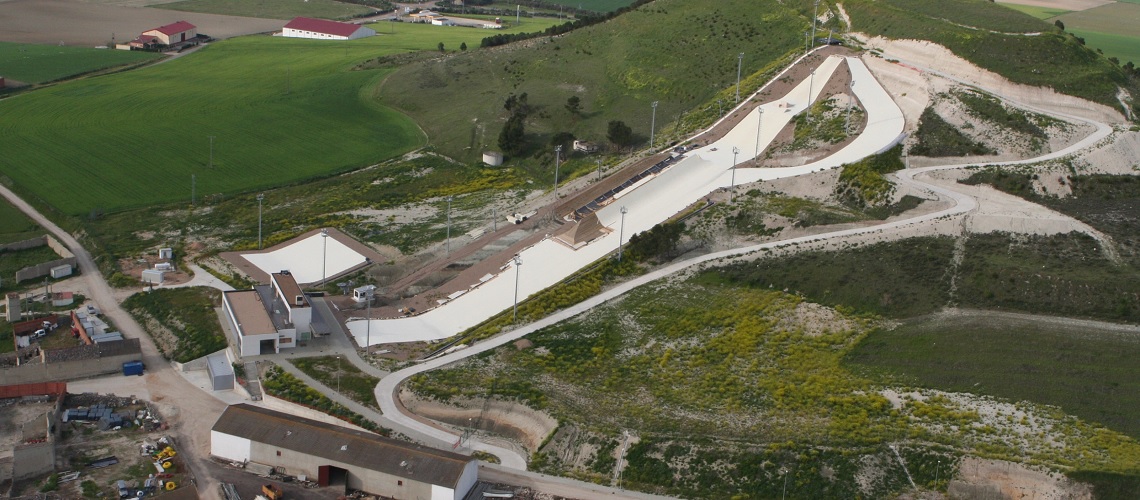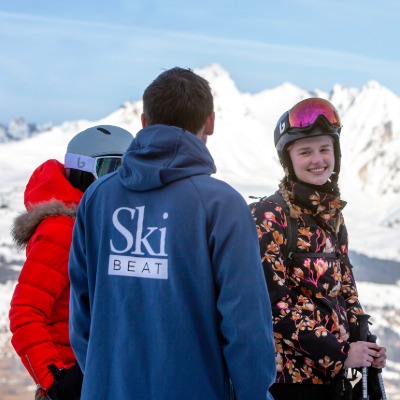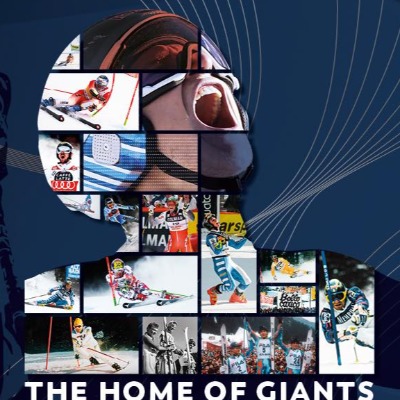WSL & SLF Switzerland Research On Climate Change & Winter Sports Released

Challenging times lie ahead for tourism destinations and fans of winter sports: climate change is leading to less natural snow and higher temperatures. Technical snow and snow farming help, but also have their limits.
Skiing, tobogganing, cross-country skiing – winter sports attract many people outdoors year after year. But climate change threatens these activities. The further down the winter sports resorts are, the more those looking for relaxation have to be flexible in terms of time, as the days with sufficient snow become fewer.
The long-term trend is clear. In the past few decades, the average snow depths have decreased significantly, for example in the last 30 years in Sedrun they were almost 30 percent lower than in the previous 30 years, 36 instead of 51 centimeters, in Klosters there was a difference of around 43 percent, instead of 78 only 44 Centimeter. The number of periods with wet snow is already increasing. By the middle of the century, snow at low altitudes - if it comes - is likely to thaw again straight away. On average, without sufficient climate protection, there will no longer be 50 days of fresh snow per season in the Jura, for example, in the next 30 years - between 1981 and 2010 that was the absolute minimum.
Snow amounts have never been as low as in past decades
In the long term, depending on the location and location, there have been up to 60 percent fewer snow days in Switzerland over the past 30 years than in the period from 1963 to 1992, shows an analysis by SLF climatologists. Historical records also show that in the past 500 years the amount of snow in the Swiss Central Plateau has never been as low as in previous decades. If the earth continues to warm as it has, from 2050 onwards there will only be more than a week of snow in Zurich about every 15 years. Between 1963 and 1992 there were an average of 34 days every year - per year.
For winter sports resorts, this means that they have to reorient themselves or rely even more on technical snow - colloquially known as artificial snow - than before if they want to remain attractive. But that too has limits. On the one hand, they need sufficient water and energy. On the other hand, the weather has to cooperate at least partially. Due to comparatively high temperatures in the winter of 2022/23, many winter sports resorts were unable to produce enough artificial snow. Climate scenarios show that without climate protection measures, the zero degree limit will rise to altitudes between 1,100 and 1,300 meters by 2050. Even there, winter sports will no longer be possible with natural snow alone. Destinations at lower altitudes are well advised to rethink and develop ideas now about the arguments and activities they can use to attract visitors when there is no snow.
Summer over the snow
Some places are trying some snow farming. This means creating and insulating an artificial snow depot during the winter season so that there is enough snow for winter sports at the beginning of the next season. But it has to be cold enough for that too. One thing is clear: SLF researchers agree that winter sports have no future in the central European low mountain ranges without snow farming and snowmaking. In the next 20 years, snow farming offers a lot of potential, especially to Nordic ski areas. For four to five kilometers of trails, they require comparatively little snow, around 15,000 cubic meters. Things look different when it comes to slope operations. Some Scandinavian areas in particular are experimenting with snow farming. But this is significantly more energy-intensive and therefore more expensive, because even small ski slopes require 45,000 cubic meters, or three times as much. SLF researchers are therefore investigating how winter sports resorts can design their snow management to conserve resources in the future.














